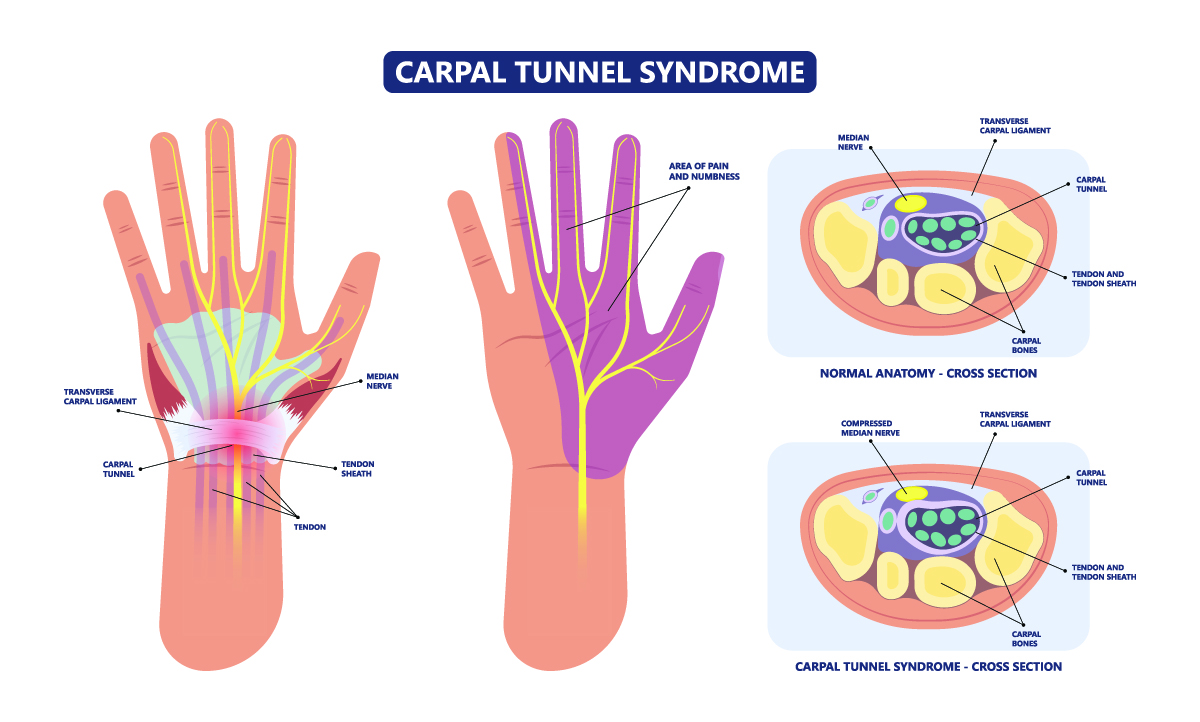Physical Demand Analysis

Physical Demand Analysis

Eliminate elbow, wrist, and hand pain with the help of ResilientRX.
Are you struggling with daily activities because your hands, wrists, or elbows are causing you pain?
We can help you rehabilitate your movement.
Physical Demand Analysis
Physical Demand Analysis (PDA) is important in the workplace to assess the physical requirements of a job and ensure that employees are capable of performing the essential functions safely and effectively. Conducting a PDA helps employers identify potential risks, prevent injuries, and comply with legal regulations related to workplace accommodations.
Job Analysis:
The first step in a Physical Demand Analysis is to conduct a thorough job analysis to understand the essential functions, tasks, and physical requirements of the job. This may involve reviewing job descriptions, observing employees performing the tasks, and consulting with supervisors and employees.
Task Identification:
Identify and list all the tasks involved in the job, including lifting, carrying, pushing, pulling, standing, bending, reaching, and other physical activities. Determine the frequency, duration, and intensity of each task.
Physical Demands Assessment:
Evaluate the physical demands of each task, including the weight lifted or carried, the distance moved, the force exerted, and the postures required. Consider factors such as repetitive motions, awkward postures, and environmental conditions.
Risk Assessment:
Identify potential ergonomic risk factors and hazards associated with the job tasks. Evaluate the likelihood and severity of injuries that may result from performing the tasks and develop strategies to mitigate these risks.
Documentation and Reporting:
Document the findings of the Physical Demand Analysis, including a detailed description of the job tasks, physical requirements, and risk assessment. Prepare a report outlining the results and recommendations for modifications or accommodations, if necessary.
Job Description and Post-Offer Employment Testing
Recommendations based on the findings of the Physical Demand Analysis to improve job design, is the first step in writing an accurate Functional Job Description and developing post-offer employment testing
Tennis Elbow
What Is It?
The medical term for tennis elbow is lateral epicondylalgia. It is described as an overuse syndrome of the extensor tendons that attach to the lateral (outside) aspect of the elbow. Tennis elbow occurs from repetitive activities or contractile overload of the extensor muscles of the forearm. Despite its name, people who play tennis make up a very small percentage of individuals with this issue. Lateral Epicondyglalgia is common among throwing athletes, weightlifters, and vocations that require single arm use such as electricians, carpenters, gardeners, and office workers. Many will try to rest and avoid the activities that provoke their pain, but ultimately this is not a good longterm solution. A treatment program that consists of manual therapy and gradual tendon strengthening exercises will help reduce pain and prevent recurrence.
Many people complain of:
- Point tenderness and pain on the outside aspect of their elbow
- Forearm muscle tightness and weakness
- Pain that usually worsens during and lingers after activity
- Discomfort and weakness with actions that involve lifting the wrist up or turning it over

Tennis Elbow

Carpal Tunnel Syndrome
Carpal Tunnel Syndrome
What Is It?
Carpal Tunnel Syndrome (CTS) is a very common nerve irritation that affects the wrist and hand. It can be a very painful and uncomfortable condition that persists and worsens over time, affecting daily and work activities. CTS is an irritation of the median nerve which originates from the spinal cord in the neck and branches down the entire arm and into the hand. It can become compressed as it travels through the carpal tunnel of the wrist into the hand. Individuals who are more at risk for developing CTS include: those with a genetic predisposition, those who perform repetitive wrist movements (like typing), and those who experience obesity, autoimmune disorders, and pregnancy.
Many people complain of:
- Gradually worsening tingling, numbness, and burning in the thumb, index, and middle fingers
- Symptoms that improve by shaking or flicking the hands
- Weakness or loss of grip and pinch strength
- Symptoms that worsen at night or first thing in the morning

